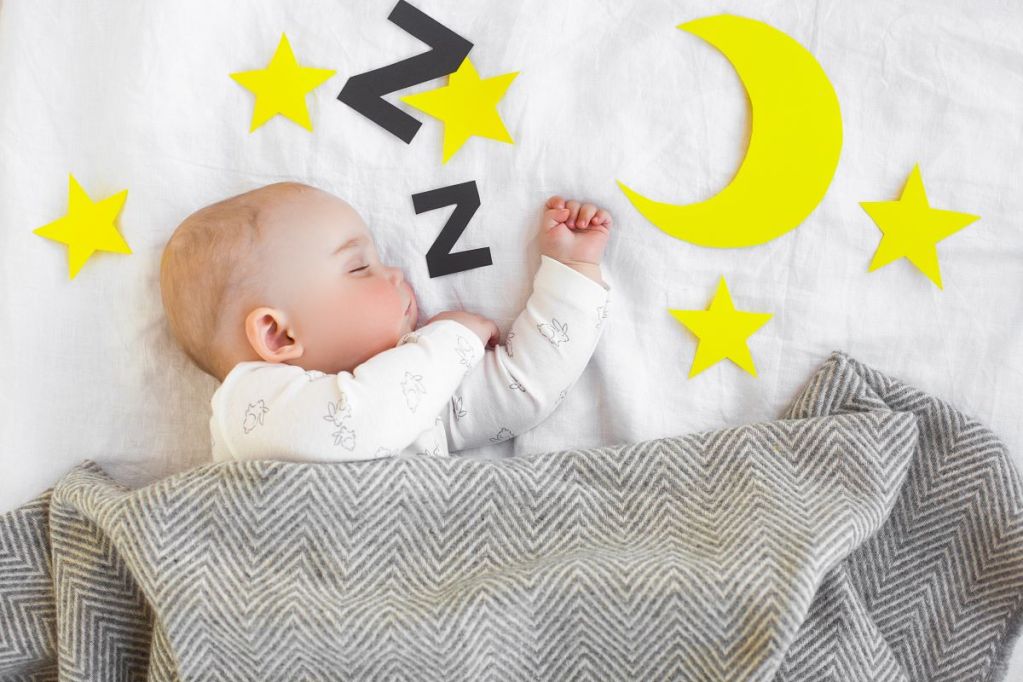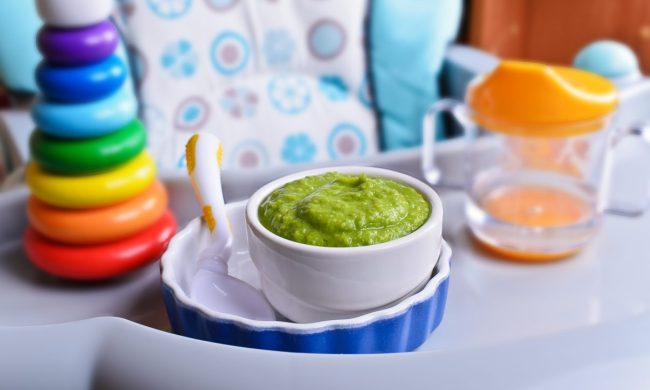Getting your baby to finally sleep through the night can feel like winning the lottery when you’re a parent. When you find something that works and allows you and your baby to get a good night’s sleep, you definitely want to stick with it. One item that some parents swear by to help their baby sleep better is a sleep sack. But, while this may work for some babies, others absolutely cannot stand them.
You may be wondering if you should use a sleep sack for your baby before you decide to invest in one. Our short answer is that it totally depends on your baby’s personality. Babies are pretty vocal about everything, and they will let you know pretty quickly if they enjoy being tucked into a sleep sack. We give you some of the pros and cons of sleep sacks to help you decide whether to buy one before you bring your baby home,
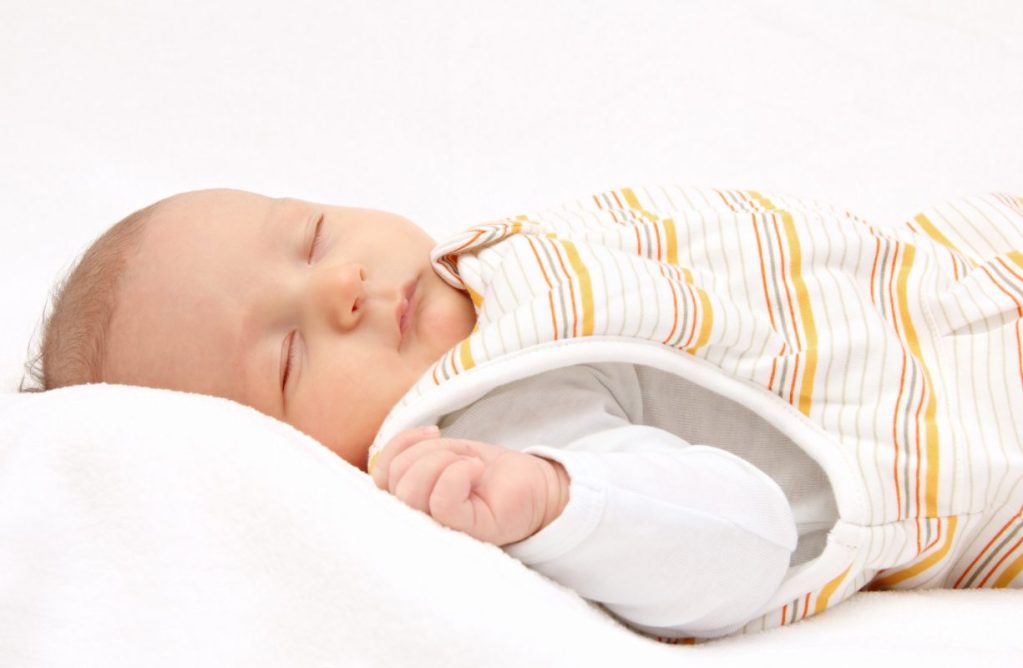
Pros
Babies love to feel snuggled
Sleep sacks keep your baby snug, and most babies love feeling cuddled. Think about it, they just spent the last nine months warm and curled up. Outside of the womb, they find comfort in being held or swaddled, and sleep sacks are sometimes more convenient than swaddles. Instead of having to wrap your baby in a swaddle or receiving blanket multiple times a day, sleep sacks let you tuck them in quickly.
Sleep sacks might be safer than blankets
If you live in an area where winters are especially harsh or if your little one tends to get cold easily, a sleep sack is a safe alternative to blankets. It’s usually not recommended to use blankets in the crib during the infant stage because of the hazard they pose, so a warm sleep sack might be your best option. Consider a wearable blanket sleep sack to keep your baby warm. The armless design keeps them ventilated while keeping them cozy.
Sleep sacks stay on more compared to swaddles
As we mentioned, sleep sacks are much more secure than swaddle blankets. Armed with zippers, Velcro, and sometimes a button for extra defense against a baby’s strong kicks, sleep sacks stay on no matter what. When your baby is still in the newborn stage, they might do best with a sleep sack with wings that keep their arms in place. A sleep sack set with adjustable arms is handy to give you as many options as your baby needs.
Sleep sacks are great for infants who like to sleep on their tummies
There are babies who like sleeping on their tummies at an early age. The pressure from their bed and tucked arms and legs helps comfort them. However, there’s debate about whether or not it’s safe for babies to sleep on their bellies. Each baby is different, but weighted sleep sacks are great if your baby likes to sleep on their tummy. The slightly heavier-than-normal sack tricks your little one into thinking he’s already on his tummy. If your baby only falls asleep if you’re rubbing their stomach or resting your hand on their chest, a sleep sack could save your arm some trouble.
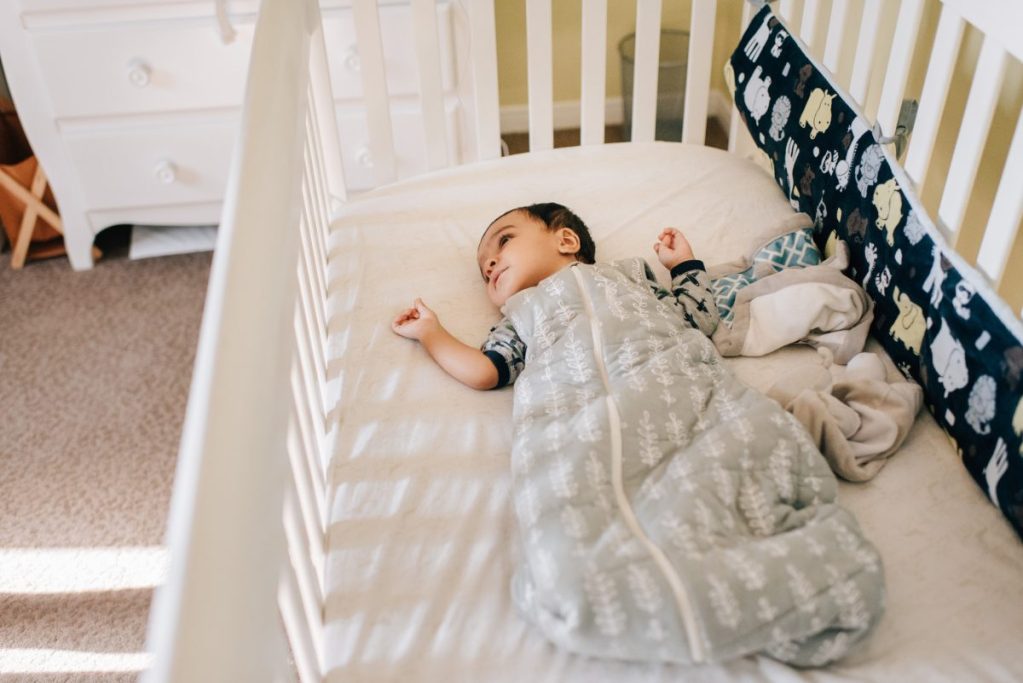
Cons
Sleep sacks might make your baby feel constrained
While babies love to be cuddled, sometimes they need room to kick and play. There are energetic babies who simply will not take to a sleep sack – and that’s okay! If you test-drive a sleep sack and find that your baby is resisting, there’s no need to force it. Babies are surprisingly opinionated, and they’ll let you know what they do and don’t like.
Sleep sacks might trap heat
While sleep sacks and wearable blankets are great for colder months, some babies just run hot. If it’s approaching summer, you might skip the sleep sack as babies easily overheat even with breathable fabrics. Too much heat causes skin irritation and rashes. This is especially true for babies with sensitive skin prone to eczema and other forms of dermatitis. More importantly, if your baby heats up too much at night, this can interrupt their sleep.
Some babies are too active for sleep sacks
No matter how much you want your baby to stay put, babies love to move. This might make sleep sacks impractical. Even if you use a sack with Velcro wings to keep their arms in place, they might still wiggle their way out. When you try out a sleep sack for the first time, carefully watch how your baby reacts. They might enjoy the snug fit, but sometimes they would rather have their arms and legs free.
Sleep sacks might be potentially hazardous if your little one likes to roll over
Babies tend to start rolling over around 6 months, but some active babies roll over as early as 4 months old. If your child is wearing a sleep sack that constricts their arms and they roll over, this might be potentially dangerous because they will find it difficult to lift their face up from the bed.
Always proceed with caution – keep a watchful eye on your baby’s development and use your best judgment for when to graduate from a swaddled sack to one with no sleeves. Our little ones are always changing, and their sleeping habits change just as quickly.
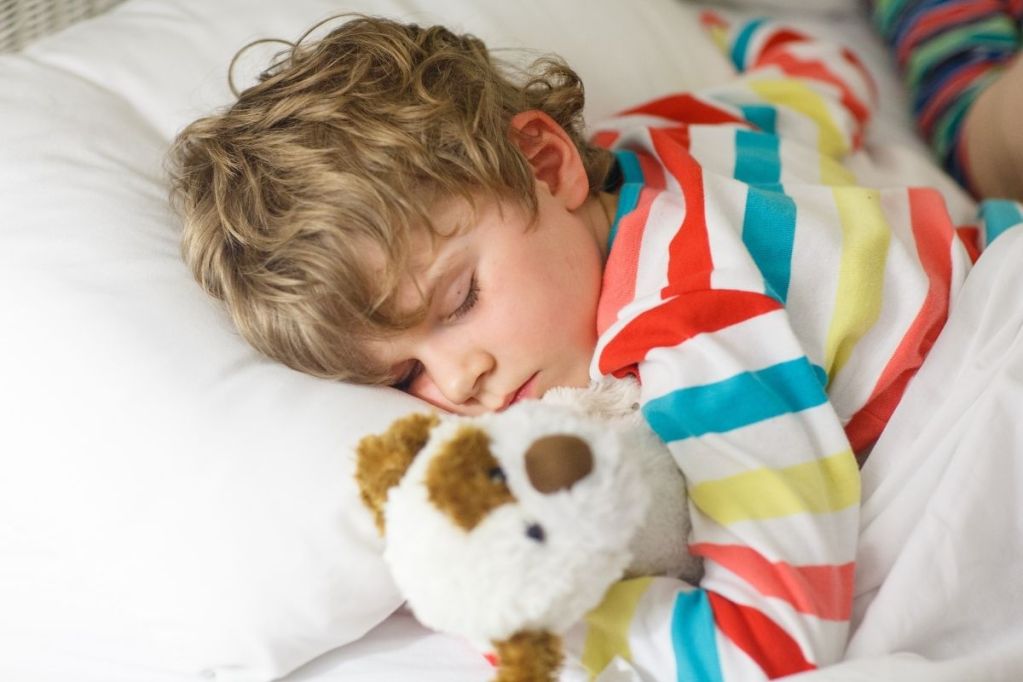
When should a baby not be in a sleep sack?
If you’re unsure about when you need to stop using your sleep sack, the experts at The Cleveland Clinic suggest that you need to focus more on size than you do on your baby’s age. While 2 years old is typically when babies will trade their sleep sack for a blanket, having a bigger baby can mean that switch may come earlier (or later if your baby is smaller.) Most of the larger sleep sacks will accommodate a baby that is 30 pounds and 40 inches tall, so once your baby outgrows that size they should be ready to transition out of the sleep sack, regardless of their age.
Whether or you should use a sleep sack for your baby depends on their age and personality. Older babies might do best with sleeveless sleep sacks, while younger babies might enjoy sleep sacks with fastened or zipped arms. These types of sleep sacks keep them from waking up expectedly and act as wearable blankets. Other babies might not do well with sleep sacks if they tend to heat up easily, love to wiggle, or are starting to roll over. In the end, the choice is up to your baby and whichever way is most comfortable for them to sleep through the night.
